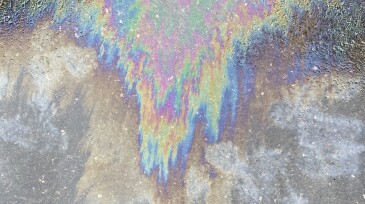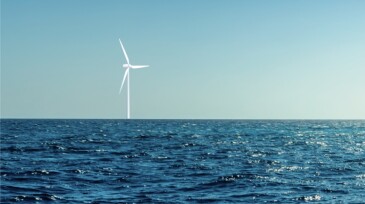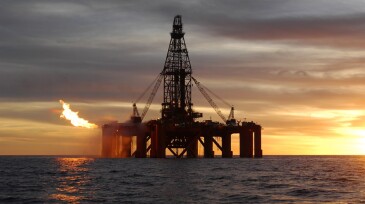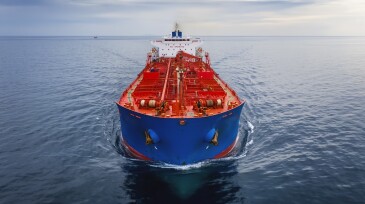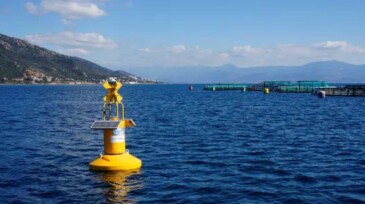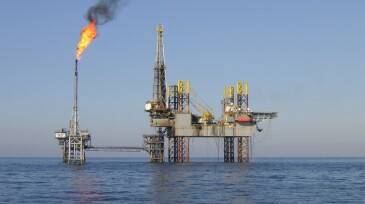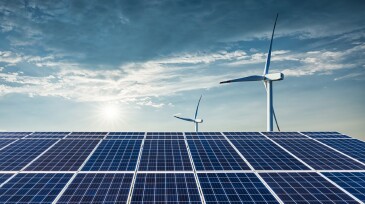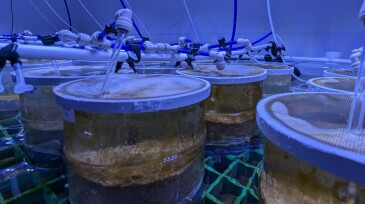Environment
The two companies said they will evaluate the possibility of a joint venture to develop a direct air capture hub in South Texas, with XRG considering investing up to $500 million.
Across Texas, abandoned wells are erupting with chemical-infused liquid and some have created massive lakes of contaminated water. Regulators say they need more money to address the problem.
The company has transformed its former Genesis platform into an artificial reef for marine life off the coast of Louisiana.
-
The sheets are intended to allow spill responders to quickly find information on the physicochemical properties of the fuel or product, appropriate response and clean up options, and potential effects on responder health, the environment, and marine life.
-
GE Vernova and Vineyard Wind provided an update on the implementation of their plan to safely remove the remainder of the damaged blade on turbine AW-38, remove any remaining debris, complete environmental studies, implement actions for blade readiness for service, and, ultimately, resume turbine installation and operations.
-
Australia must insist on full removal when ExxonMobil decommissions the offshore project, the Wilderness Society has said.
-
Hull fouling is a huge problem and is estimated to account for 9% of the global fleet’s fuel consumption every year. Initial theoretical, laboratory, and land-based tests supported by independent experts have led to promising results showing that ultrasound can prevent biofouling.
-
Consulting and engineering firm Wood is leading a joint industry partnership to create industry guidelines for carbon dioxide specifications to accelerate sustainable carbon capture, use, and storage projects.
-
The presence of marine mammals during offshore infrastructure work is a major environmental concern. To safeguard species and their natural habitats, more and more local legislation imposes a cap on sound levels from offshore activities.
-
The increase in flaring emissions was led by operations in the Middle East, Africa, and Russia.
-
DNV’s Energy Transition Outlook 2024 projects continued growth in solar; slower growth in wind; and declines in coal, oil, and gas, while hydrogen and carbon capture projects are struggling.
-
Radioactive elements occur naturally at low levels in oil and gas basins. As oil and gas is extracted, these elements can accumulate in infrastructure. Now, scientists in Australia are investigating the toxicity of different radiation doses to marine organisms.
-
The Environmental Protection Agency rules govern industry emissions of methane and mercury.




